Climate change means UK growers are going to have to deal with hotter and more unreliable weather. How will it affect which crops are grown – and how?
Volatility is probably the watchword,” says Tom Lancaster, head of land, food and farming at the Energy & Climate Intelligence Unit. He’s describing the outlook for British growers as they grapple with the impact of climate change.
That volatility has come to the fore in the past two summers. In 2022, growers faced droughts and record-breaking high temperatures. In 2023, they battled the opposite problem: low temperatures and high rainfall.
For Lancaster, this is one of the key challenges of the climate crisis. There is “really strong” evidence it will impact food production. However, “it’s less possible to say exactly how those impacts will manifest”, he says.
In terms of individual years, it leaves growers struggling to know how to adapt. And more generally, the changes in Britain’s climate could force them to abandon some crops altogether – while new ones take root.
“Crops that haven’t been grown in this country on a significant scale are now looking more viable”
Tom Hulme, AC Hulme & Sons director
That general picture is arguably easier to address. While there is no consensus on how the next few years will play out exactly, scientists believe Britain will get warmer and drier in the summer, and wetter and warmer in the winter.
That’s bad news for some crops traditionally grown in the UK. Like potatoes, which require a moderately cool temperature during growing season. The drought conditions of 2022 were “a nightmare” for crops, says Lancaster. “It really impacted upon yield and quality of last year’s potato crop, which fed through to effectively smaller potatoes, fewer British potatoes [and] much higher prices,” he says.
Ceris Jones, climate change advisor at the NFU, points to cauliflowers as another potential casualty. They need a cold spell in the winter to develop, which may become increasingly rare in Britain.
On the flip side, some crops could stand to benefit. The summer of 2022 was “actually good for cereal yields”, says Lancaster, as the heat came “just at the right time to dry out the crop and improve quality”.
Berries are another crop that is not threatened by climate change, says Nick Marston, chairman of British Berry Growers. In fact, he sees a “big opportunity because production of crops like berries will become increasingly different in central Europe”.
Eventually, Marston believes UK berry growers will be able to satisfy the entire domestic market, and have an extra 50% of that yield left over for export.
Apples could similarly benefit from the change in conditions. Tom Hulme, director at family-run farming business AC Hulme & Sons, says yields and quality should improve if the climate becomes warmer and drier, coming closer to crops seen in southern Europe. “It’s not affecting us overnight as growers and farmers,” says Hulme. “But it’s clear that crops that haven’t been grown in this country on a significant scale are now looking more viable.”
In light of this shift, his business is investing in growing grapes for wine. Thanks to higher temperatures, the once “cottage industry” is about to become “mighty” in the UK, Hulme believes.
Indeed, WineGB predicts production will reach between 25 million and 29 million bottles per year by 2032, up from 12.2 million bottles in 2022.
The problem is, the damp and cold summer of this year isn’t just a one-off. Even though hot weather is likely to become more common, it still won’t be reliable enough to change our entire food production system.
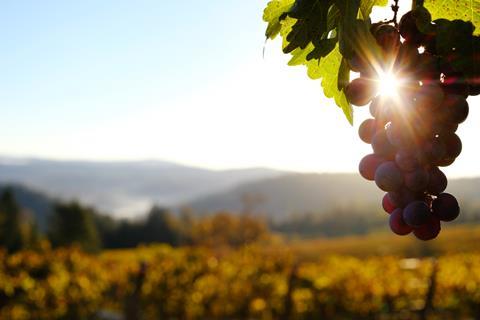
Hulme suggests growers still need to work with the poor years, like 2023, in mind. “There is no point planting avocados, which probably could have worked in 2022 because it was so hot and dry, when that is infrequent,” he explains.
In the face of this increasingly unpredictable weather, support from retailers will become ever more vital for farmers. When they face challenging years – such as the poor potato yield of 2022 – they often fall short of retailer specifications, meaning their returns fall. The NFU says supermarkets will need to adjust their requirements to reflect that reality.
“It’s mostly just about there being that flexibility [in specifications] as and when needed,” says Rupert Weaver, horticulture and potatoes advisor at the NFU, “because it’s impossible to predict year on year necessarily what things are going to look like.”
Water management
On the grower side, there are things that can be done to manage the risk to some extent. One is improving water storage. As Lancaster explains, rain patterns are changing: “we’ve got too much in the winter and not enough in the summer.”
This is taking its toll on farmers, says Branston field technical advisor Andrew Blair. “We are constantly [going] between too much water and not enough water. In most instances, people are using irrigation to grow their crop of potatoes and water scarcity and irrigation are a challenge,” he points out. “But then equally, really heavy rain events are also a challenge.
“When you get those at the wrong time of year, you’re either in conditions where you can’t lift or you’ve had flooding and caused anaerobic conditions, and then you’ve got potatoes rotting in fields,” he adds.
For Marston, this challenge can only be tackled through the construction of better water storage systems – which require effort from growers, but also a better planning framework at government level.
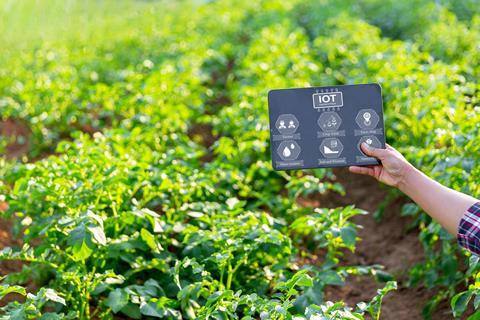
“Berry growers are already taking steps to protect their businesses and the main one is winter water storage – building reservoirs, filling them up over the winter when there is abundant water everywhere and then using this in the summer,” he says.
However, he says there are “still issues” – largely related to planning permission – in the construction of these systems.
This concern is echoed by Jones at the NFU, who says “rapid decisions” are needed in this space. Farmers are already adapting, she says, but “if it’s taking a long time to get planning permission for reservoirs, that can be a bit of a barrier to building resilience”.
In the meantime, growers can also retain more water through better soil management – adding mulch and cover crops, for example.
“It’s critical because if you’ve got an orchard that is free draining, where the water can get away, the trees won’t get damaged,” says Ali Capper, executive chair of British Apples & Pears. “If you’ve got an orchard that gets waterlogged because it hasn’t got good drainage, the trees will die.”
This management has the added benefit of protecting plants from diseases associated with a maritime climate. Capper says 80% of plant protection products used in the UK are fungicides.
If water is better managed – and climate change results in less rainfall – it is likely that “disease pressure should ease,” says Capper. “However, there is always the risk that some of the pest pressures could increase with hotter, drier weather, for example.”
Pest problem
Indeed, new pests are expected to arrive on our shores from Europe and North Africa. This is something that can be tracked through established national and international monitoring systems.
If these systems do flag up an influx, UK growers will be able to learn from tried-and-tested methods used in southern Europe and north Africa. However, the speed with which they can adopt certain pest control chemicals is questionable, says the NFU’s Weaver.
“Now the UK is a separate regulatory entity, even if we know exactly how to deal with [a pest], there’s a whole separate process that has to be gone through,” he says. “Unless we already have something authorised in the UK, it just slows down the response, which is why getting that regulatory framework around product authorisations is so critical.”
A more straightforward way to control pests is the development of new crop varieties. In itself, this is nothing new. Farmers regularly change varieties planted based on crop performance – they will now just consider the climate in their choice of breed, too.
This is already informing work at Branston, which is “doing screening with different seed providers and plant breeders to see which varieties can scavenge for nutrition, better cope with less nutrition, potentially cope with less irrigation [and] that still yield really well”, says Blair.
This means some family favourites like the “diva” maris piper will soon be on the way out and replaced with the buster potato, which roasts just as well, but without the very specific needs of the piper.
Wheat varieties are also likely to change. “You are not going to see wheat suddenly not be viable in the UK, but you are going to see a certain variety that is more susceptible to certain pests or certain disease, and therefore people will stop growing it,” says Luke Cox, combinable crops policy advisor at the NFU.
What’s more, legislation has come into force to speed up the process of developing new, more resilient varieties: the Precision Breeding Bill.
Under the new legislation, granted royal assent in March, breeders will be able to choose which attributes they want through gene editing. While the NFU has warned the technology is not “a silver bullet”, it has obvious benefits at a time of climate crisis.
The last hurdle for the technology is the Food Standards Agency. While it says precision-bred organisms are not inherently riskier than traditionally bred organisms, the FSA believes regulation is necessary. As such, it is currently developing what it describes as an “evidence-based pre-market authorisation process”.
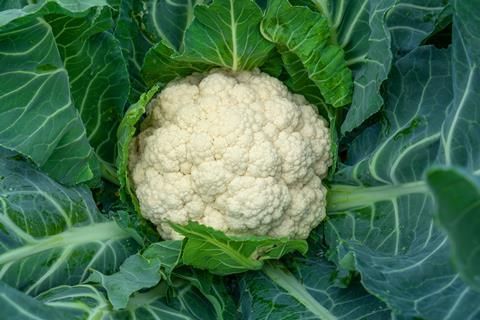
Grower technology
In the meantime, growers are coming up with innovative technology of their own to withstand the challenges of extreme weather.
Berry growers, for example, have invested in stronger steel structures for polytunnels. The protection against the cold enables growers to start their work earlier in the year, and can also protect against “erratic weather later on in the summer as well”, says Marston.
Then there is the technology that looks to address the problem at its source: by reducing the impact of agriculture on the climate. In the case of glasshouses, growers have installed “thermal screens that contain the heat better, which mean they don’t have to burn as much gas,” says Lee Stiles, secretary of the Lea Valley Growers Association.
Meanwhile, Branston is researching how to make its growing process net zero. Solutions include finding more sustainable fertiliser replacements and reducing the energy intensity of potato storage.
“We’re very good at beating ourselves up because we’re causing the climate change and we’re causing pollution but actually, when you look at the farm rotation as a whole, there are opportunities through the other parts of the rotation to actually sequester carbon,” says Branston’s Blair.
He also points to the increasing use of agricultural carbon trackers as a positive development. One of the most recent is the HortZero tool, introduced by ADAS in September, which will allow growers to independently calculate the carbon footprint of their business and their produce. This can then be reported to retailers, consumers and regulatory bodies.
For Blair, these trackers have the potential to change the attitude of the supply chain – starting with the consumer. “People are genuinely interested in buying produce that is environmentally sound,” he says.
This shift could also be a boost for regenerative farming, says Andrew Bauer, head of food and footprint team for SAC Consulting.
The methods “may not deliver the absolute yields that more conventional approaches would under ideal circumstances, but they are more sustainable and they leave the land and crops less vulnerable to, and impacted by, climate change”, he says.
However, the overall pace of change is slow. Lancaster says the above examples of sustainable innovation are the exception to the rule. “For the agricultural sector, mitigation efforts have largely stalled in the last decade, and in fact emissions went up by about a million tonnes last year,” he says.
“Whilst farming land used for food production is potentially impacted by climate change more than any other, they’re probably doing less than any other sector at the moment to reduce their own emissions.”
So if growers are to survive the impact of climate change, it will truly be a two-pronged approach. Not only must they adapt to increasingly extreme weather events, but they must mitigate their impact on the climate – or risk facing far worse.
What climate challenges face livestock farmers?
Crops are the focus of this feature, but livestock farmers won’t be immune from the effects of climate change. Potential issues range from feed supply to regulating animal temperature.
The latter is already becoming a priority. An August report from Carbon Brief revealed thousands of chickens – and more than a dozen pigs – died en route to slaughterhouses in England and Wales due to heat-related stress from June to August last year.
On the day UK temperatures hit 40°C for the first time – 19 July 2022 – 9,640 broiler chickens died in a single journey. There were also 6,806 deaths on one day in August, the report showed.
Not only does heat stress cause deaths, it also reduces milk output, liveweight gain and fertility, according to Alice Sin, environment scientist at AHDB.
In response, “more dairy herds are being managed to reduce heat stress by housing cows during times of high temperature” she says. Also, “the introduction of silviculture into grazing systems can provide shade”.
This pressure to control temperatures could add to the energy cost associated with livestock farming – a sector that already pays high bills.
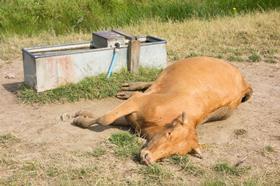
What’s more, the high temperatures seen in 2022 could also create issues with homegrown animal feed, says Sin. Grass and forage may become “lower in energy and nutrients such as protein, and digestibility” she says – meaning grass may need to be supplemented by additional feed.
To adapt to these challenges, mixed species patches of grassland are expected to be planted at a higher rate, with the inclusion of deeper-rooted, more drought-resistant species.
Alternative crops will also have to be explored, says Sin. Maize and lucerne and more traditional grass species are potential options as the more common ryegrass has a “generally poor drought tolerance”.
Another way growers will be adapting to the climate crisis is through livestock breeding. AHDB has developed EnviroCow, one of the world’s first genetic indexes to focus solely on breeding cows for their environmental credentials.
This covers cow lifespan, milk production, fertility and feed advantage index.







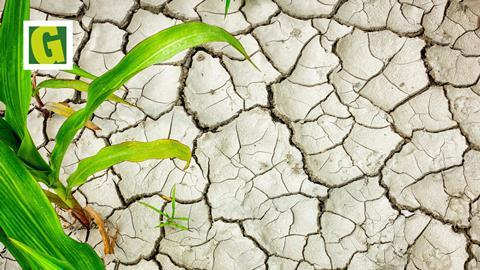

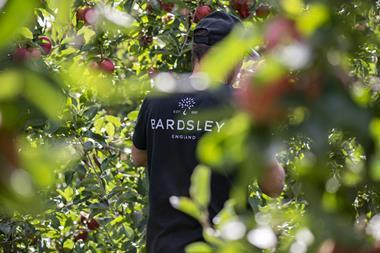
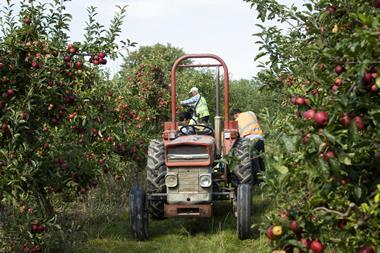
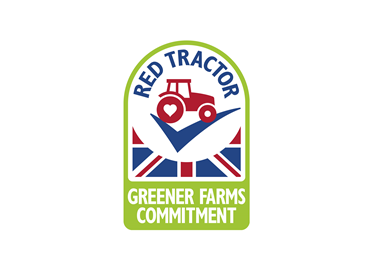

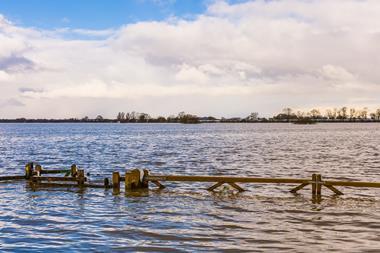






No comments yet